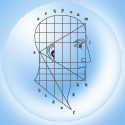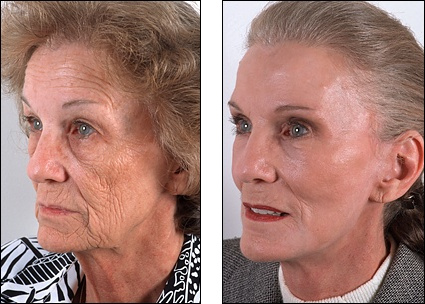|
Questioner:
Is This a Feasible Outcome for my Rhino?
Please see photo. Should I be more conservative? I'm not too concerned about people knowing.
(Questioner submitted photos)
Dr. Denenberg's answer: Your changes are realistic in the right hands. I tried to improve on your morph.
You have a strongly projecting nose. "Projection" refers to how far forward, away from the face, a nose extends. See my "Web reference" link for the additional morphs I made for you. When your nose comes closer to your face, it's important to also reduce the upper part of your nose, even above the bump, where your nose joins your forehead, just below your eyebrows. You did a good job of that on the morph. If that area is not reduced, you could end up looking like a Roman statue, too strong where the forehead meets the nose. The projection of the nose is controlled (mostly) by the two cartilages in the tip of the nose. The tip is the most difficult part of the nose to operate on, so it's mandatory that you see before and after photos of a doctor's other patients, to see whether he has been able to consistently achieve substantial reduced projections for his other patients. Doing good research by looking at photos will help you avoid being in the position of needing a revision.
Link to this question on RealSelf.com
| 

